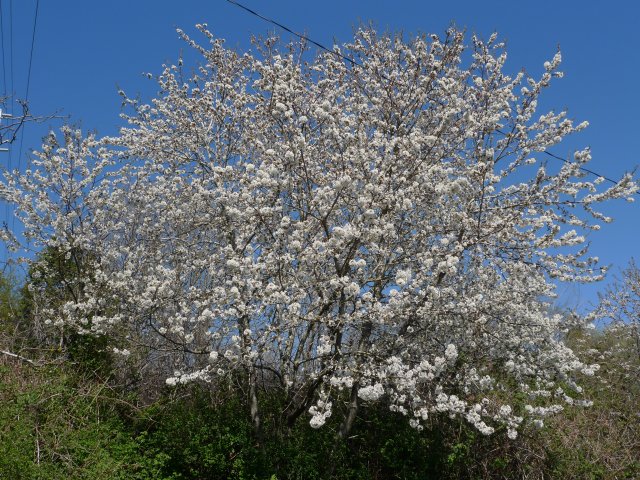Today’s USA versus Weimar Germany: A Comparison
Published at 10:15 on 5 May 2021
Which political order was stronger and more committed to democracy? Which was more willing and able to defend itself against threats? It is a common trope that the American system is stronger and more firmly established than the Weimar Republic ever was. Let us put that claim to the test by examining the 1923 Beer Hall Putsch, and comparing it to the events of 6 January.
The 1923 putsch attempt did not happen in Berlin. It happened in a regional capitol, Munich. Its original aim was to settle a party leadership spat within the NSDAP (Nazi Party) by seizing control of a beer hall. The law enforcement and intelligence failures that allowed it to happen were related to planned actions at a private target in order to manipulate a private organization in a regional capitol.
The 2021 putsch attempt happened in Washington, DC. Its aim was to seize control of the national government by murdering and coercing the Vice-President and members of Congress. The law enforcement and intelligence failures that allowed it to happen were related to planned actions directed against some of the highest elected officials of the national government inside that government’s Capitol building itself, with an aim of seizing control of and manipulating the national government itself.
The 1923 putsch quickly escalated beyond its original aims, and went on to attempt a coup against the state government of Bavaria. Its first target was the Bavarian Defense Ministry. The State of Bavaria did not hesitate to vigorously defend its Ministry against the threat to it. Four soldiers and 16 Nazis were killed in the resulting struggle. The Nazis were routed and retreated in disarray.
The US government failed to defend its Capitol. Ample footage exists of Capitol Police officers passively standing by. Footage even exists of a few officers appearing to welcome the invaders. The invaders quickly routed the Capitol Police and achieved control of the Capitol.
After the routing of the putsch, Weimar Germany acted decisively against the top perpetrators, who were all arrested within a few days. They were promptly put on trial, convicted of treason, and sentenced to prison for their crimes.
After the routing of Congress, the USA has yet to act decisively against the top perpetrators. Trump, Giuliani, Hawley: none have so much as been charged. They remain free, and the mainstream news media have normalized their conduct by interviewing them as if they are part of the spectrum of normal political actors.
Yes, the chuds who followed the instigators’ lead are being prosecuted. That is inconsequential compared to prosecuting the leaders. The chuds are disposable. More of them can be found to take the place of any rotting behind bars. It is the leadership that must be disrupted.
Weimar Germany is rightly faulted by historians for failing to do enough to disrupt the Nazi leadership after the threat they posed had been demonstrated. Well, as the score stands today, the Weimar state of 1923 was strong, forthright, and robust in comparison to the present-day American one.
Maybe that will change. Maybe the Department of Justice is busily getting ready to file formal charges against the instigators. One of the faults of the Weimar prosecution was that it ended up falling flat and failing to accomplish much: the guilty served under a year of time, in a country club prison, and were promptly rehabilitated and welcomed back into the political life of the nation.
If the Department of Justice is quietly taking its time to do it right, good for them. But if not, then the American Republic is already a corpse, and we just don’t realize it yet.






